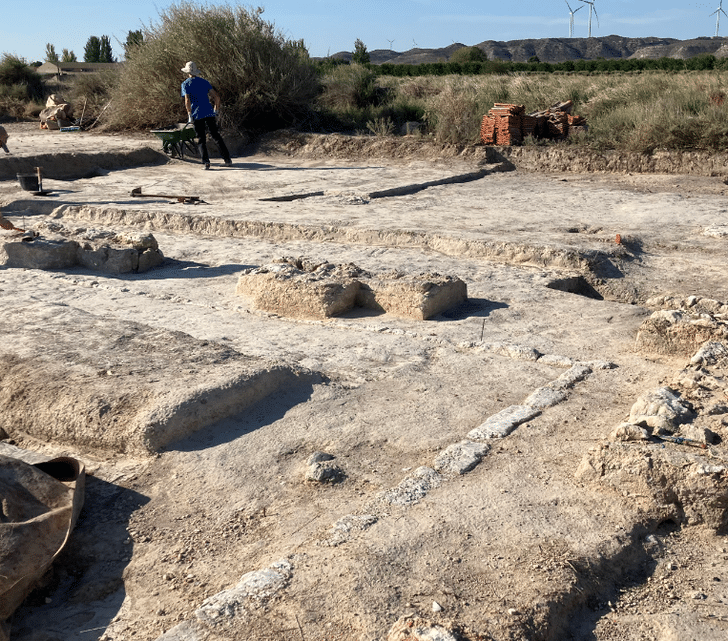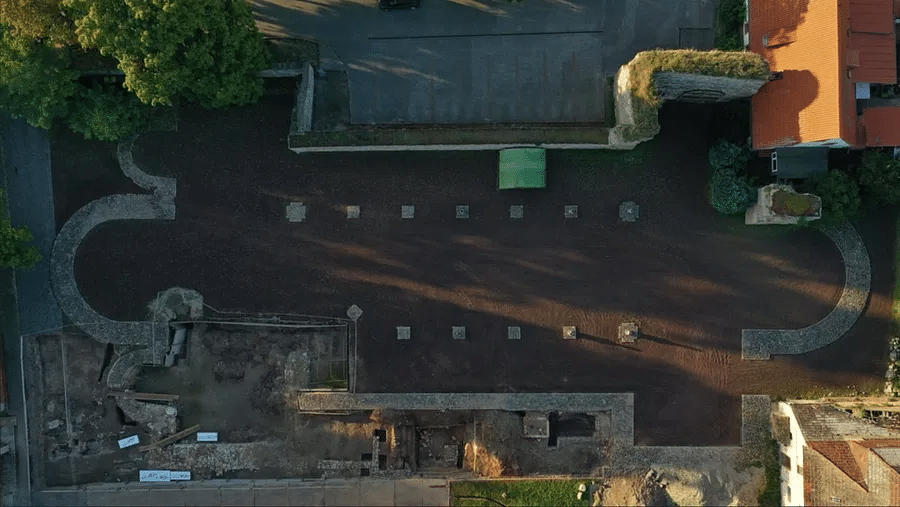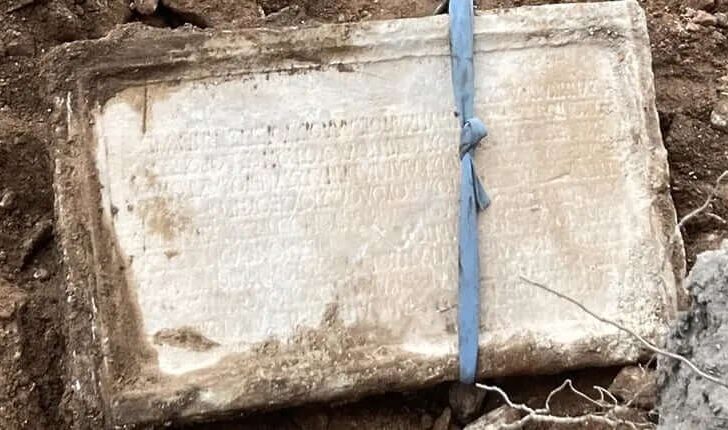In a recent excavation led by Wessex Archaeology, the Bath Assembly Rooms, known for social gatherings and elite assemblies since the 18th century, unveiled yet another marvel. Concealed beneath the premises, a unique Georgian cold bath was discovered, piquing the curiosity of history buffs and archaeologists globally.
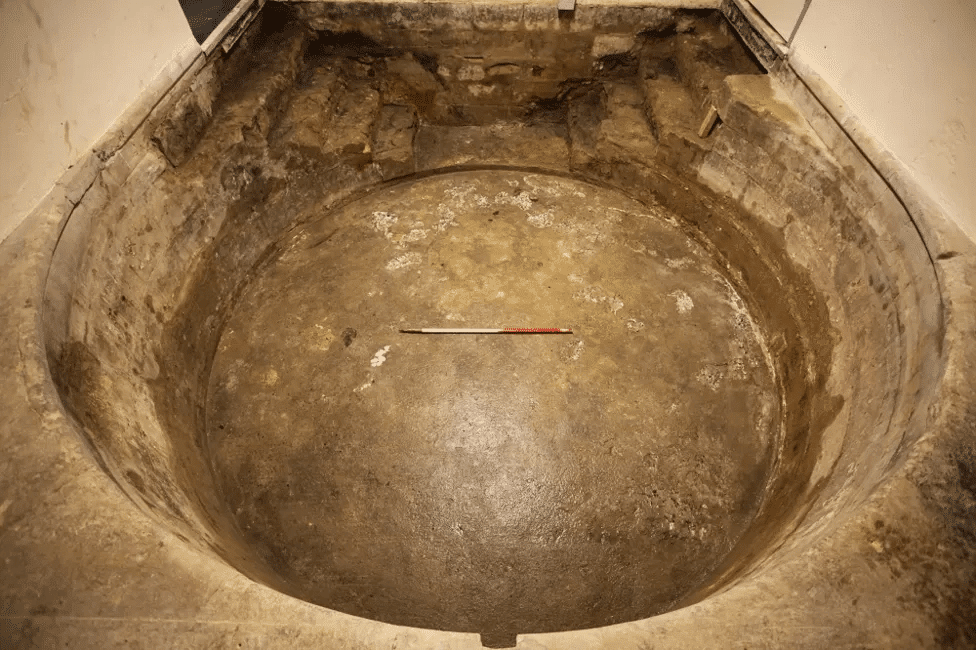
Cold Bathing: A Historical Wellness Trend
Built between 1769 and 1771 by renowned architect John Wood the Younger, the Bath Assembly Rooms stood as a testament to Bath’s legacy, famous for its naturally warm spring waters. Yet, the recently uncovered cold bath offers a fresh perspective on the city’s health traditions. Contrary to popular belief, cold bathing, as a therapeutic practice, was equally endorsed during the Georgian era.
Tatjana LeBoff from the National Trust opined on this unprecedented discovery, emphasizing the uniqueness of the cold bath, particularly within an assembly room setting. This discovery propels historians into deeper explorations of Georgian health practices, which, in the 18th century, encompassed cold baths as therapeutic sessions. Notably, the sequence involved a brief immersion in cold water, followed swiftly by warming up.
Unearthing Decades of History
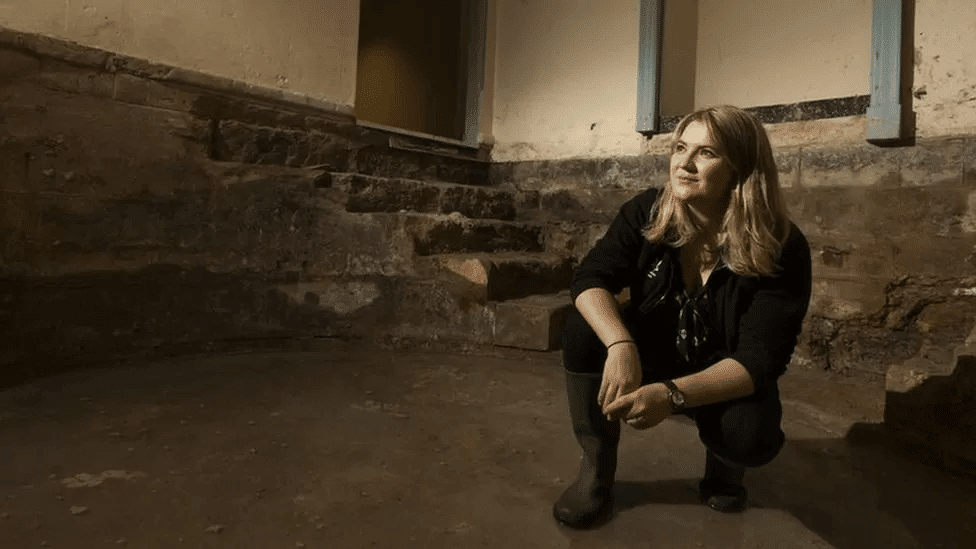
Additionally, the excavation site revealed a dedicated niche, possibly home to a statue or sculpture, which further amplified the Bath Assembly Rooms’ grandeur. Bruce Eaton, the project’s leading archaeologist, highlighted the challenges faced, especially since the bath had likely been concealed since the World War Two Luftwaffe bombings. Subsequent renovations in the late 20th century further obscured this treasure.
Historical documents like the New Bath Guide of 1778 hinted at such a bath’s existence, showcasing the era’s inclination towards infusing health trends with architectural aesthetics.
A Revived Historical Attraction
Currently under the National Trust’s purview, the Assembly Rooms promise more revelations as further research gets underway. This discovery not only enriches our understanding of Georgian societal norms but also unravels architectural advancements.
Excitingly, for those keen on experiencing history firsthand, the Bath Assembly Rooms are organizing special tours, allowing visitors to immerse themselves in this newfound treasure during select weekends in October.
Indeed, as this discovery proves, the Bath Assembly Rooms continue to spring surprises, offering a vivid glimpse into the past and rekindling our fascination with history’s hidden layers.
- Unearthing the Secrets of the Great Sphinx: Lost Relics Resurface - November 19, 2023
- 5 Most Incredible Archaeological Discoveries of Recent Times - November 17, 2023
- Uncovering 3 Mysterious Ancient Battle Artifacts - November 15, 2023

